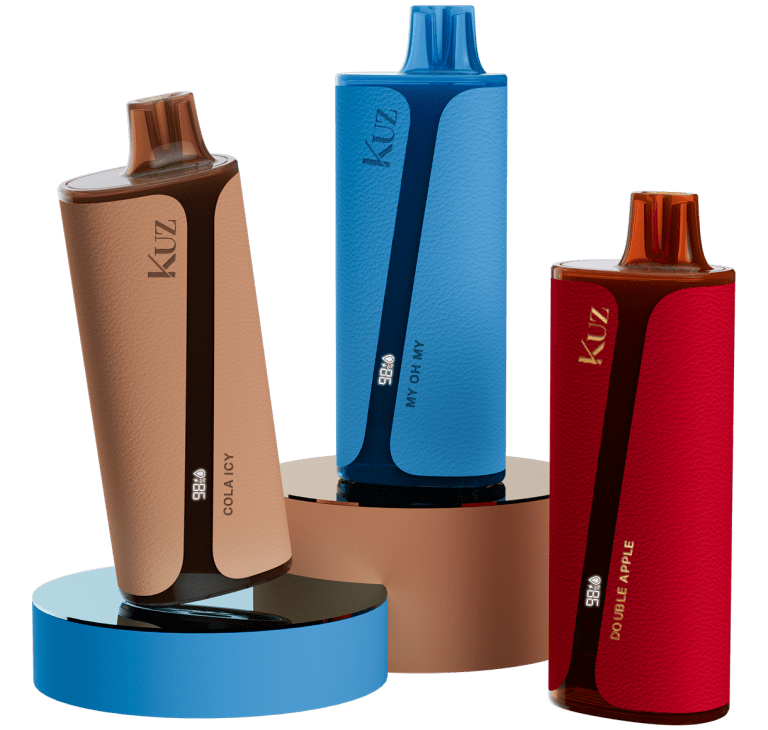As vaping becomes more popular, so does the need for detecting and regulating it in various environments, especially where smoking is prohibited. This growing concern has led to the development and deployment of vape detectors, devices specifically designed to identify the presence of vaping emissions. But how do these detectors work, and what should you know about them?
Understanding Vape Detectors: The Basics
Vape detectors are sophisticated devices that detect the presence of vaporized substances, particularly those associated with e-cigarettes. These devices are becoming common in places like schools, workplaces, airports, and other public spaces where vaping is prohibited. Their primary function is to maintain a smoke-free environment by identifying and alerting authorities to vaping activity.
How Do Vape Detectors Work?
Vape detectors utilize various technologies to sense the presence of vaping aerosols in the air. Some of the common detection methods include:
- Infrared Sensors: These sensors detect the presence of specific chemicals like formaldehyde, which are released during vaping. Although less common, they are effective in detecting vaping emissions alongside other types of smoke.
- Metal Oxide Semiconductor Sensors: These detect changes in electrical conductivity when exposed to certain gases, such as those emitted by e-cigarettes. These sensors are often found in combination with other technologies to improve detection accuracy.
- Air Sampling Detectors: These systems capture air samples and analyze them for vaping emissions using advanced algorithms and laboratory-grade equipment. Some systems are integrated into building management or security systems for broader monitoring capabilities.
- Smart Alarms and Video Analytics: Modern vape detectors may also incorporate AI and video analytics, capable of recognizing vaping gestures or vapor patterns in real-time, making them highly effective in areas with stringent vaping regulations.
Common Places Where Vape Detectors Are Installed
Vape detectors are most commonly installed in locations where vaping is strictly prohibited, such as:
- Schools: Due to rising concerns about underage vaping, schools are one of the primary locations where vape detectors are used. These detectors help in enforcing no-vaping policies and maintaining a healthy environment for students.
- Workplaces: Many companies install vape detectors to uphold a smoke-free workplace, ensuring that employees adhere to company policies.
- Public Spaces: Areas like airports, shopping malls, and public restrooms often have vape detectors to discourage vaping in non-smoking zones.
Challenges and Limitations of Vape Detectors
While vape detectors are effective, they are not without their limitations. False positives can occur, where non-vaping activities like using strong air fresheners or high humidity levels trigger the alarm. Additionally, vape detectors might not detect all vaping activities if the devices are used in ways that minimize emissions, such as with low-vapor e-cigarettes or in well-ventilated areas.
Privacy concerns are another issue, particularly in environments like schools, where the constant monitoring of students can raise ethical questions. Furthermore, the cost of installing and maintaining these detectors can be prohibitive for some institutions, and their effectiveness can vary depending on the environment and technology used.
Tips to Avoid Triggering Vape Detectors
If you vape, it’s essential to be aware of your surroundings and understand how to avoid accidentally setting off a vape detector. Here are a few tips:
- Use Low-Vapor Devices: Opt for vaping devices that produce minimal vapor, reducing the likelihood of detection.
- Vape in Well-Ventilated Areas: Ensure that the vapor dissipates quickly, minimizing the chance of it triggering a detector.
- Be Aware of Detector Locations: Knowing where vape detectors are installed can help you avoid these areas when vaping.
Conclusion
Vape detectors are becoming a crucial tool in maintaining smoke-free environments. Whether in schools, workplaces, or public spaces, these devices help enforce no-vaping policies and ensure a healthier environment for everyone. However, understanding their limitations, privacy concerns, and how they work can help you navigate spaces where vaping is restricted. By being informed and responsible, you can enjoy vaping without the risk of setting off alarms or facing penalties.



